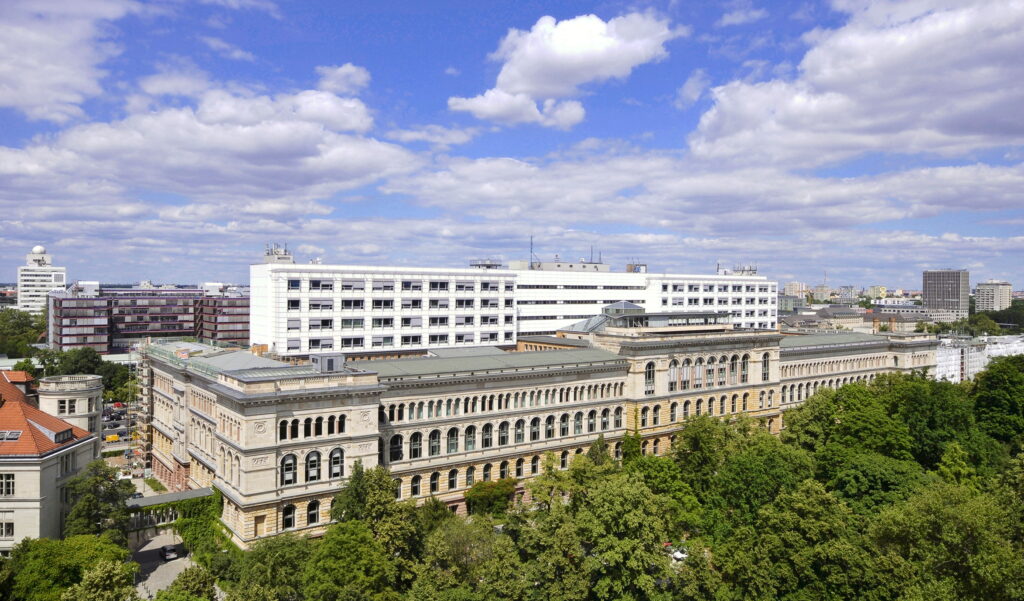
Technische Universität Berlin
The focus of the subproject in Berlin is twofold: On the one hand, it focuses on the changes in the context of police interviews through the integration of video documentation. On the other hand, we examine how non-police, especially civil society institutions and organisations, use visual technologies to negotiate police work.
The introduction of mandatory video documentation of some specific suspect and witness interviews in Germany (since 2020) represents a significant change in police practice. Our interest lies in understanding how those interviews are altered through the use of visual technologies and what impact this has on police practices and the course of further investigative procedures. Video recordings enable a new dimension of visibility by preserving the fleeting nature of interrogation situations, thus allowing a retrospective assessment of the actions of those involved. This new visibility opens up new access points to the interrogation situation for various actor groups – both within the police and in external bodies such as courts (also limited scientific analysis). It becomes clear that through the documentation form of video, the negotiation of legitimacy and transparency of police actions takes place, which requires further development.
Research Questions:
- How the interview situation itself changes through the integration of video technology.
- How these technologies contribute to the establishment of new bodies of knowledge and interviewing strategies.
- How new forms of data management emerge, particularly concerning data protection, access, and archiving of interrogation recordings.
- How legal, communication, and psychological experts use videos to assess the interrogation situation
Non-Police Negotiation of Police Work through Visual Technologies
Currently, there is an increasing use of visual technologies by civil society organizations and human rights groups. These actors use audiovisual data to document police actions and raise them in public and legal debates. As part of our research, we are interested in the new communicative forms of engagement with police work established by these organizations. How are videos produced, used as instruments for political confrontation, and made communicatively powerful as evidence?
We focus particularly on the emergence of new forms of video activism and video analysis, such as by organizations like Forensic Architecture, which use complex visual and spatial analyses to reconstruct critical events. These organizations professionalize the use of video and image material and establish new methods of proof and public staging of investigations regarding police actions. Our investigation aims to analyze the epistemological and methodological foundations of this new visual practice and understand how visual technologies enable civil society to develop new forms of accountability and societal negotiation of those events.
i